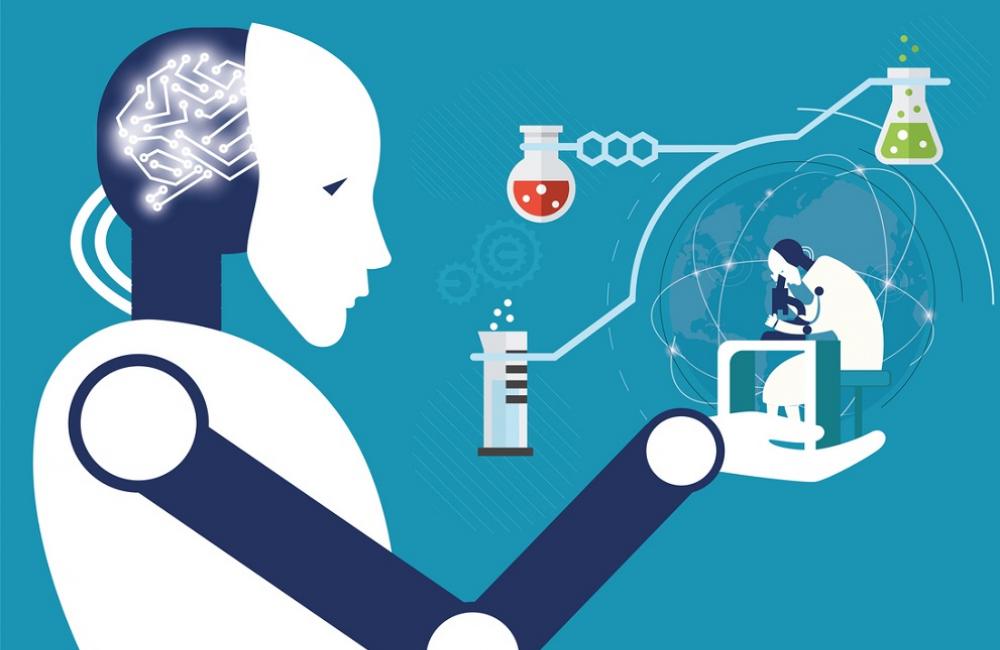AI in medicine
Clinical trials are an essential part of the process of bringing new medicines and treatments onto the market. The main objectives of clinical trials are to prove the efficacy and safety of new medicines. However, the process is incredibly inefficient. AI has the potential to significantly improve how clinical trials are planned, launched, run, and analysed.
To understand the problem with clinical trials as they are run now, you only need to look at success rates. According to research, the vast majority of clinical trials fail to progress through the three main stages.
They fail for a number of reasons, including failure to prove what they set out to prove – efficacy and safety. Other common reasons for failure include poor trial design, not enough participants to begin with, and too many participants dropping out.
Other factors compound the problem, including inefficiencies in the planning and running of clinical trials and the inaccuracies that exist in the data.
In some respects, failed clinical trials show the system is working as the trial prevented an unsafe or ineffective medicine from entering the market. However, the rate of failure indicates a problem with the system, and it drives up the cost of drug research and development.
The Potential Role of AI
There is a huge amount of data that is available to scientists involved in the development of new medicines and treatments. Plus, as each day goes past, new data becomes available. The problem lies in making sense of that data and being able to use it in a way that is valuable to the pharmaceutical research and development process.
AI is increasingly being used to provide the solution to these challenges. In fact, the potential of AI to improve how pharma companies run clinical trials is substantial. Examples of the areas where AI can make a significant contribution include the following.
Planning clinical trials
The big benefit to the process prior to the launch of a clinical trial is the ability of AI to analyse existing data, including data from previous trials. This analysis can then be used to help plan new clinical trials. For example, AI systems can help scientists select the best locations to run their trials.
Trial launch phase
One of the main objectives during this stage of the process is to sign up the right people for the clinical trial, i.e., people who will stay the course and who will provide the most valuable data. AI technologies can use data from a vast range of sources to identify the best potential trial participants.
During the clinical trial
Predicting dropout rates is one area where AI technologies can make a contribution to the clinical trial process. The key element of this is to identify the problem before it occurs, so mitigation measures can be put in place. AI can also capture, consolidate, and assess trial data, providing real-time insights to the scientists running the trial.
Transformational Change in the Pharmaceutical Industry
Several factors are currently in play that will result in transformational change in the pharmaceutical industry over the coming years. Those factors include Industry 4.0 technologies, evolving regulations, increasing competition, and changing patient and consumer expectations. In terms of the latter, moves towards mass customization (products produced in batch sizes as small as one) will continue.
To remain competitive, it is imperative that pharmaceutical companies improve the success rate of clinical trials. They also need to make them more efficient. AI is expected to be a key part of the solution.
The Tesseract Academy can support you in the journey of AI adoption through our long-term support programs, as well as our workshops. Also make sure to check out some of our other free tools, as well as our insights videos.

























